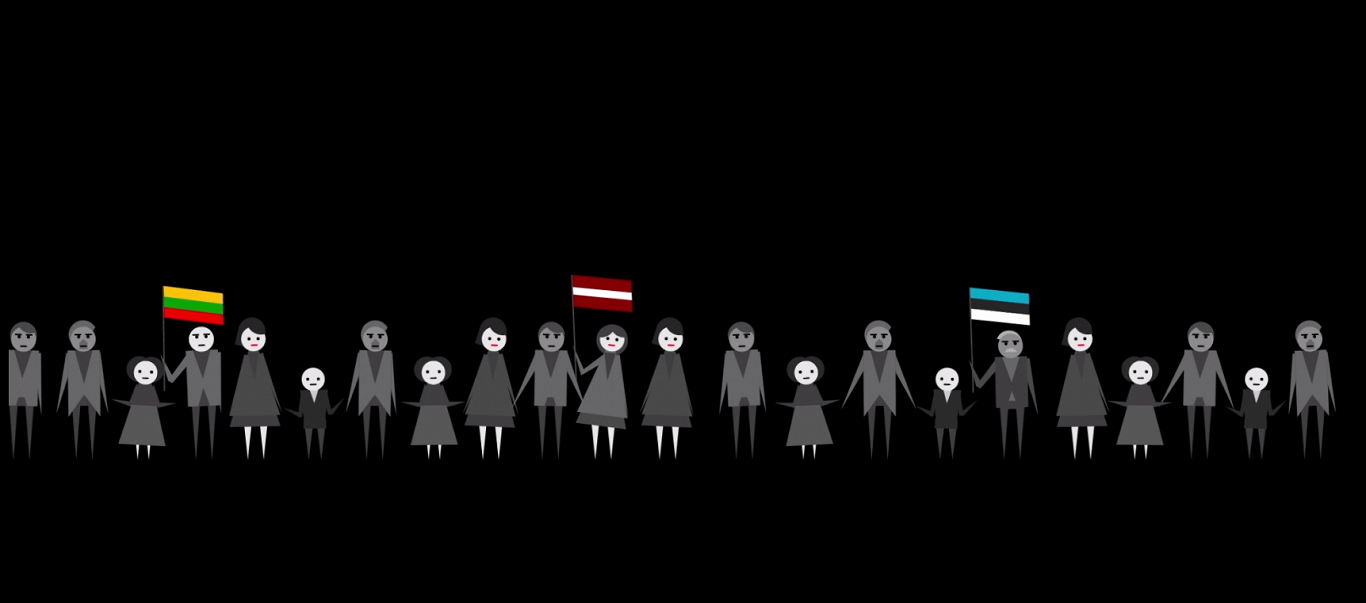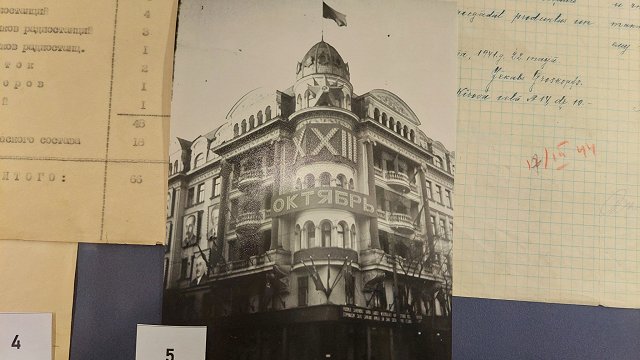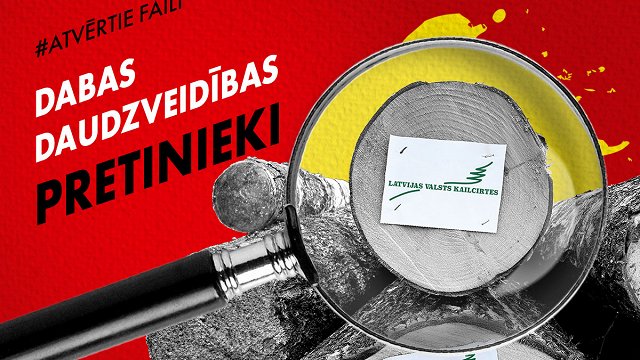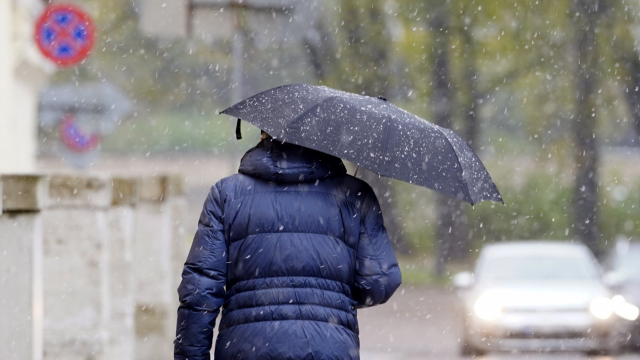The Baltic Way ranks right behind the Freedom Battles in terms of importance for 20th-century Latvia. This time, the number of "fighters" was much bigger, but not a single drop of blood was shed.
Instead, millions of hands were held fast together across hundreds of kilometers in a peaceful show of Baltic solidarity. The day has been written in world history, but achieving it was no means a simple feat.
Dainis Īvāns, a leading figure in the Singing Revolution, which led to the renewal of Latvian independence, addressed the people on August 23, 1989, the day of the Baltic Way:
“All injustice and oppression is bound to come to an end. The spirit of freedom beats any kind of slavery. Sooner or later, the truth brings all lies to light. Let's hold one another's hands even more firmly and let our eyes meet. It's clear that togetherness, by now felt even physically, is to carry the day."
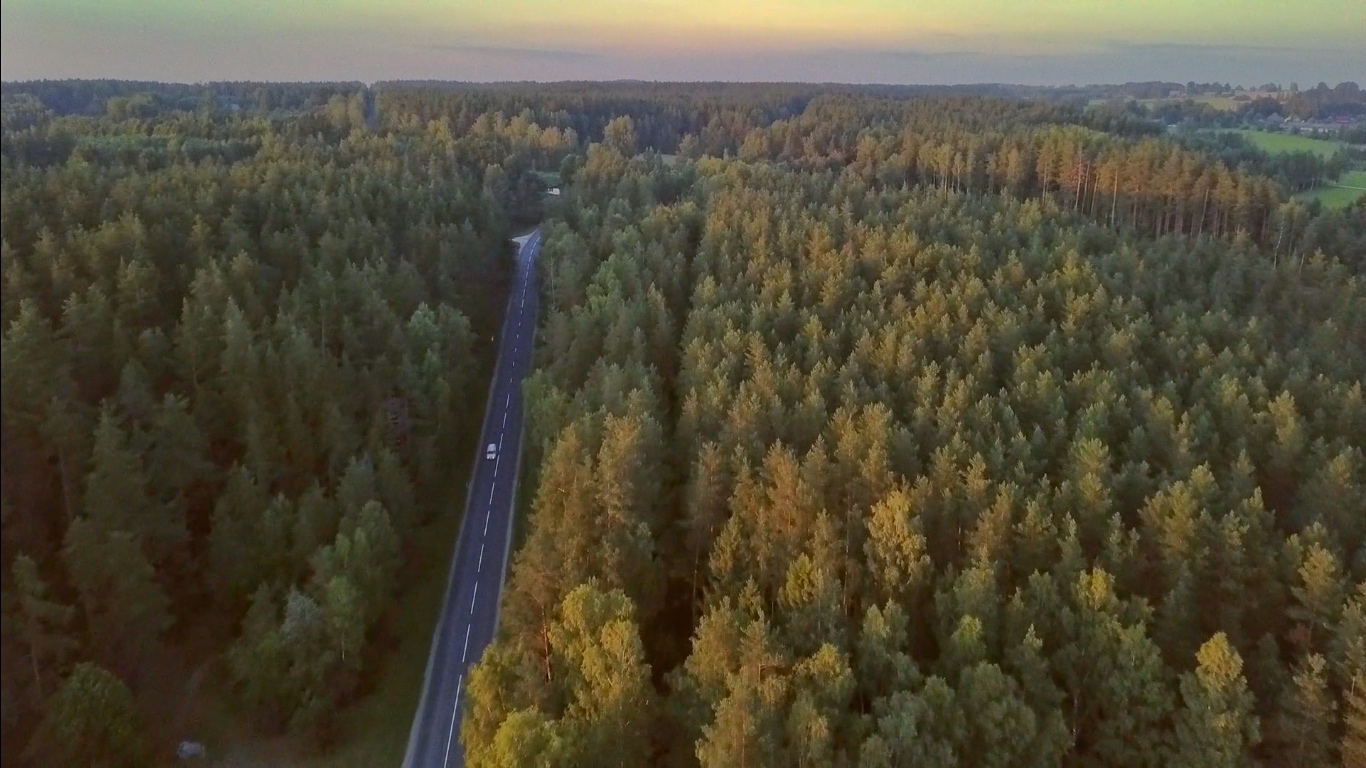
An uninterrupted human chain lasting close to 700 km. Different sources say there were one to two million participants, though closer to two seems more probable. It was one fourth of the entire Baltic population back then. An unseen manifesto of freedom expressed by three nations at the same time.
Squabbles undermine local initiatives
1989 was the most productive year of the National Awakening. The seeds of independence, sown years earlier, were bursting from the soil. It was a year since People's Fronts had been established across the Baltics, and in 1989 these enjoyed great popularity.
The People's Front had 200,000 active members in Latvia, and the number of the people supporting them was even bigger. As they started operations, the People Fronts awkwardly floated sovereignty inside a reinvigorated USSR, but in spring 1989 they actively started campaigning for true independence. That same year, inside rivalries and competition started growing in scope.
The front was simply too big to be unanimous, encompassing as it did everyone from the "good communists" on one end and ultra-radical dissidents on the other.
Condemning the Molotov-Ribbentrop pact, a historical event at the heart of the Baltic Way, was the central locus of these rows. Just a couple of weeks before the Baltic Way was to take place, the Latvian National Independence Movement (LNNK) and the Popular Front of Latvia (LTF) held conferences commemorating the pact's 50th anniversary. It was absurd, seeing was LNNK leaders concurrently held leading positions at LTF.
The LTF conference was so poorly managed it almost failed completely. Meanwhile LNNK attracted colorful keynote speakers from abroad, and their event proved very popular. The competitors were too jealous of one another to overcome their differences and set up a single, more powerful event.
Indeed, cooperation was stronger on an international as opposed to a local level. And perhaps that's a reason why the Baltic Way was a success.
The international Baltic Council (BP) was set up in the summer of 1989. They held regular meetings across the three republics, and they avoided holding these inside the countries' capitals so that the communists and the KGB would have trouble tracing them.
Will there be enough people?
The first time the idea of a human chain was floated at a BP meeting in Parnu on July 15, but the final joint decisions were taken a month later, on August 12, near Cēsis. The BP meeting took place at Lenči, Raiskums parish, near a mill pond. It was a very secluded location, and Cēsis' Popular Front members took delegation members through back roads to prevent anyone from trailing them. In his memoirs, Dainis Īvāns concludes that, if he had to, it's likely he would not be able to find the place again.
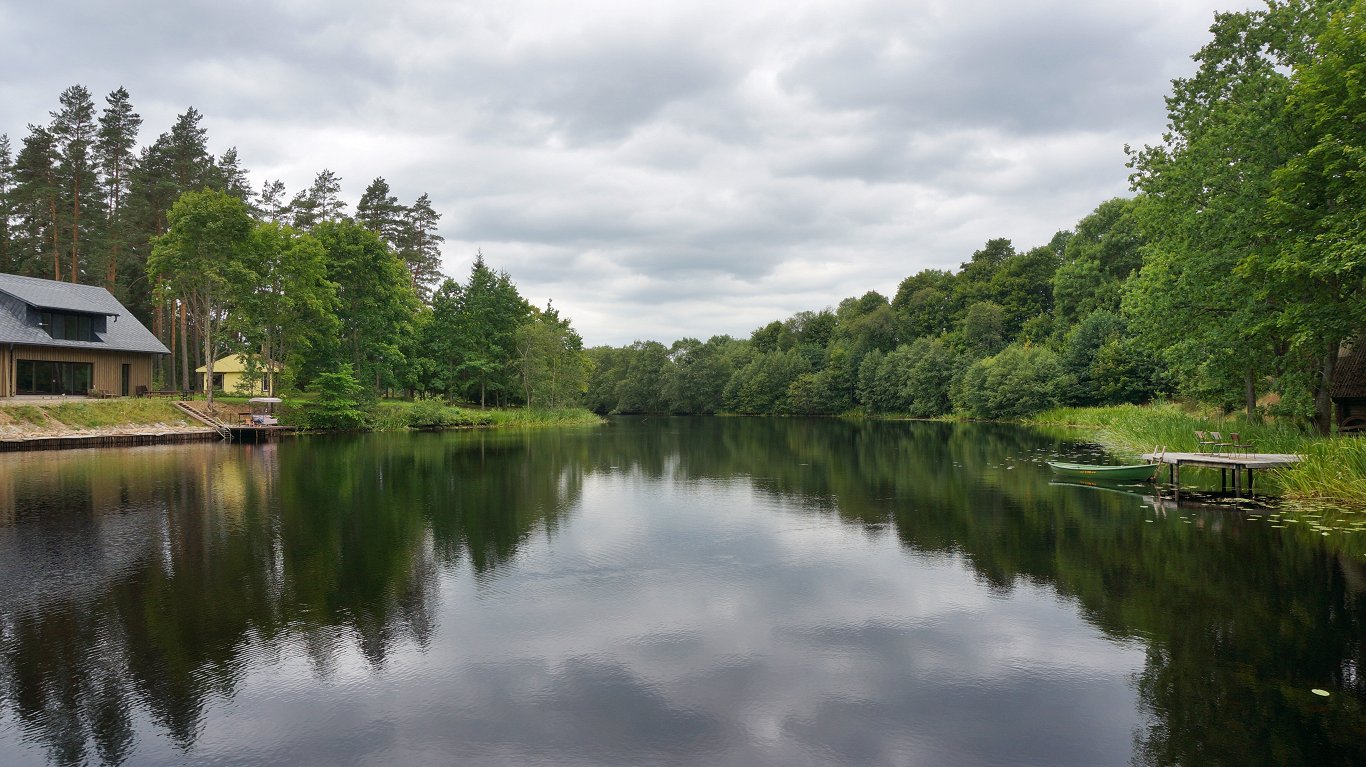
The Baltic Council took the main decisions about the initiative on August 12 at a recreation resort in Lenči. It was standard practice for Baltic leaders to convene in remote places, so that the communist powers would have a harder time following them.
Who authored the idea of the Baltic Way? No one knows for sure. It's known that, in Parnu, it was first floated by Edgar Savisaar, head of the Popular Front of Estonia and later controversial mayor of Tallinn. He has confirmed that the idea was born inside the Popular Front of Estonia, and that's all we know.
The greatest worries about the idea, since its inception, was whether there'd be enough people to link the chain.
The Baltic peoples had assembled for many massive demonstrations before. Would they have enough strength and will left for a final shot? Even more, one human being could cover about 1,5 meters with open arms. Therefore the way from Vilnius, through Rīga and to Tallinn would have to have at least 400,000 people to cover the 600 km distance. That's more than 100,000 from each country.
Then the organizers took a bold move, making the route some 100 kilometers longer. Onwards from Rīga, the chain would continue through the middle of the country, through Cēsis, Rūjiena and Viljandi instead of the Tallinn highway which is the closest route.
That's why the Latvian link became the longest, and there had to be at least 180,000 people present from the country. But the route change was reasonable, as the Tallinn highway is a coastal road and moving the route inland would allow access from both sides.

Five-week action at a less connected age
The idea was first mentioned on July 15, while the event was planned for August 23. Just five weeks to prepare! Events of a much smaller scale are organized for a much longer time nowadays, with the aid of mobile phones, social networks and what have you. The Baltic Way was organized by phone, and coordination was made possible thanks to the web-like structure and sheer manpower of the Popular Front movements across the Baltics.
The Baltic Council controlled international cooperation, while a special department of the People's Front managed the event on a national level. Renowned stateswoman Sandra Kalniete coordinated the event in Latvia. Altogether, there were about ten people to coordinate the route and assembly with the authorities, meeting the transport departments of the local police (as traffic had to be restricted across the Baltics, on a Wednesday!), informing the press, arranging visas and accreditation for foreign media, recruiting LTF overseer units and, of course, coordinating the event so that people would be evenly distributed throughout the entire chain.
On a smaller scale, local LTF departments coordinated the event. The involved regions (Bauska, Rīga, Cēsis, and Valmiera) were divided into kilometers, with one person taking charge of each kilometer. Back then, there were LTF departments in every city and village, and almost every workplace and organization. There really were thousands of them. Coordination info was published in the local press.
The organization scheme for the Cēsis region has been preserved. We can learn from the Padomju Druva (The Soviet Field) local newspaper that the 46th kilometer was allotted to the Nītaure and More areas, as well as the educational workers' LTF department; the 47th - to the Zaube LTF department and the 8th movable transport plant; etc.
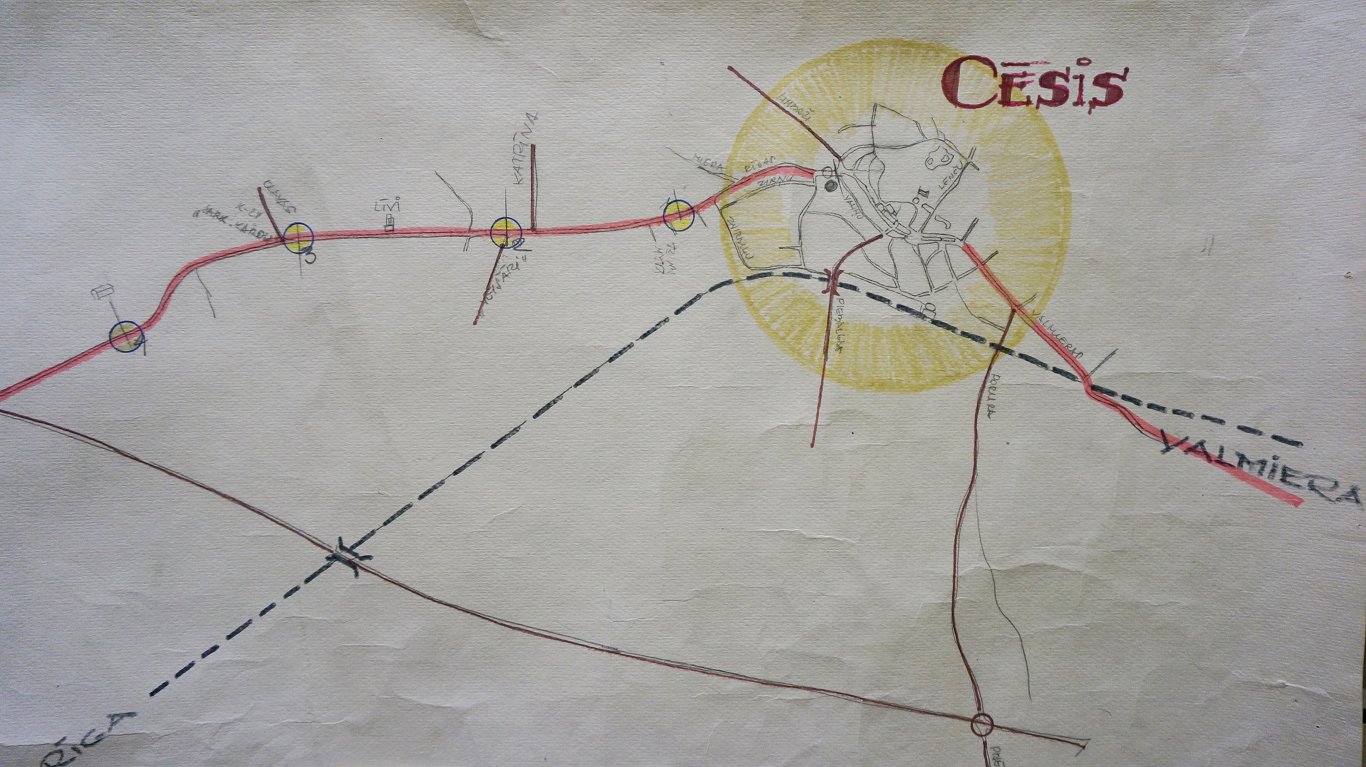
Along with top management, the bulk of the work was carried out by the LTF departments of the Baltic Way's regions (Bauska, Rīga, Cēsis, and Valmiera). Every region was divided into kilometers. There was one overseer for every kilometer, and one lowest-level overseer for every 100 meters.
Furthermore, there was a lowest-level overseer for every 100 meters. They coordinated movement after people had already arrived. Of course, people arrived from every region, and their movement was strictly controlled. People from Kurzeme and Zemgale were encouraged to go to the Bauska region, while those in Vidzeme and Latgale - to Cēsis and Valmiera. This is the way the cogs and gears of this spectacular public event were turning from the very top to the very bottom.
The main goal was achieving an uninterrupted chain and an even distribution of people. Where there weren't enough hands, they used flags and belts, or even jacket sleeves. Urban dwellers were asked to go to the countryside, but cities remained quite crowded nevertheless.
Success!
I, too, left Rīga for the Sigulda highway, arriving at the event near the famous Sēnīte restaurant. Afterwards, the press would write that there was an uncanny silence in the restaurant for the 15 minutes everyone held hands. Even the employees had left. The chain had to be uninterrupted from 19:00 to 19:15. Meanwhile, for an hour from 18:30 to 19:30, a radio broadcast would coordinate the crowd via the police radio.
Nevertheless, police media chief Ivars Ķezbers pulled out at the very last minute. The broadcast was only allowed for 15 minutes, for the culmination of the event when coordination was not possible anymore.
Kalniete was worried sick, with images of empty road stretches, traffic accidents, children killed in car crashes, and clashes with the police flashing about in her mind. Shortly before the event, as she recalls, having assumed a green-gray complexion from chain smoking, she left the LTF building for Bauska together with colleague Jānis Škapars in a state of despair. Near Ķekava, the two got caught up in a traffic jam, and the great moment passed as they were stuck behind a truck which was carrying a particularly loud group of cows.
Only in the evening, receiving numerous calls from the local coordinators, as well as from the Lithuanians and Estonians, did Kalniete learn that the Baltic Way was a success.
It went uninterrupted for 700 kilometers, level crossings excepted. No incidents, no violence, no one injured. And the number of participants exceeded all expectations. There were one to two million participants, according to different sources, though figures closer to two million seem more probable. It was one fourth of the entire Baltic population back then. It was an unseen manifesto of freedom, from three nations at the same time.
Moscow reacts with warlike lies
Following a great, peaceful demonstration by the Baltics, Moscow reacted in an inadequate fashion. Three days later, the Central Committee of the Communist Party distributed the "Announcement on the situation in the Baltic Soviet Republics".
It read:
"The organizers tried inflaming the prevailing mood into a veritable nationalist hysteria."
"The organizations are reminiscent of the formations of the fascist occupation."
"The fate of the Baltic nations is under grave threat."
"Intimidation, fraud, and moral terrorism."
"The Lithuanians, Estonians and Latvians also regret what has happened."
"Even those who do participate into these mass events either don't understand or don't support the goals of the anti-Soviet movement."
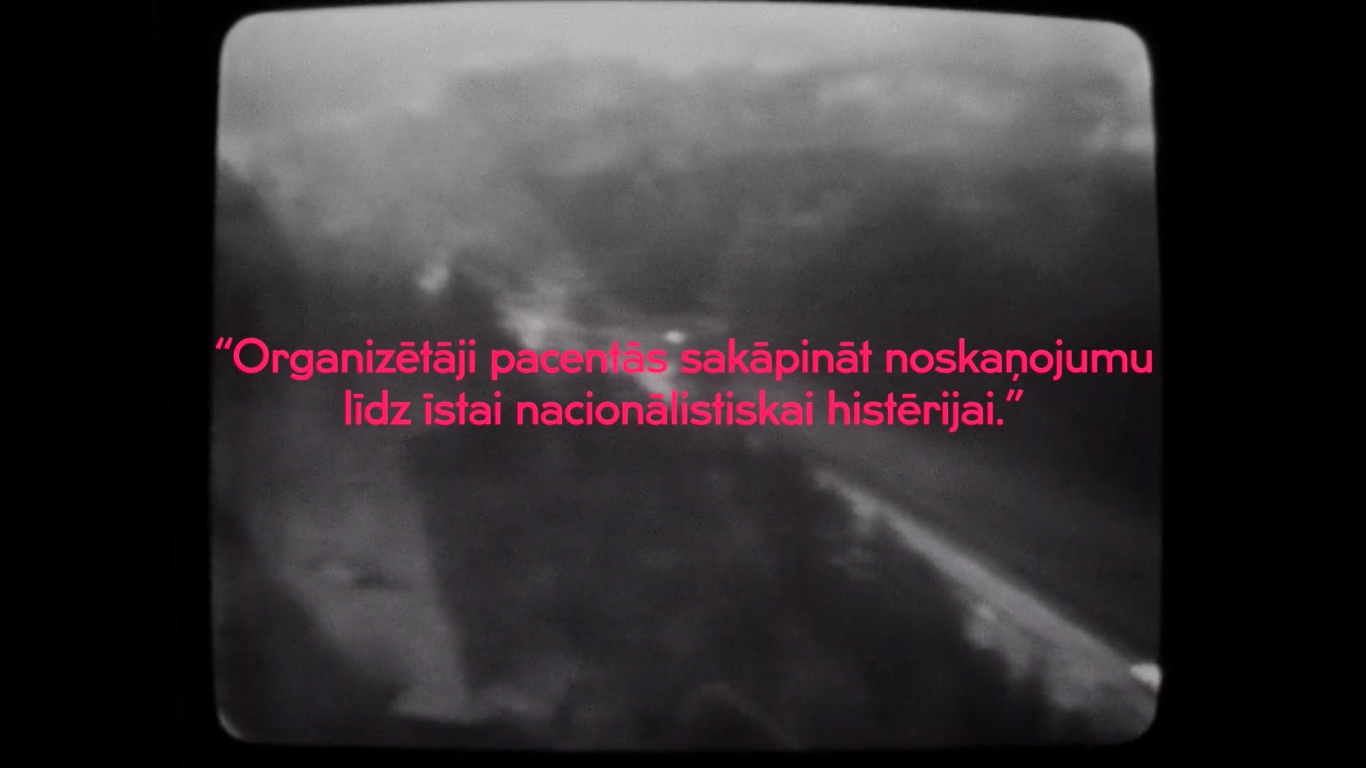
Moscow reacted inadequately with a threatening Central Committee notice. Knowing, as we do now, that the Soviet empire was to fall two years later, we can read it as the ante-mortem agony. A state that's capable of lying so, is no longer capable to survive.
But words popularly attributed to Mikhail Gorbachev, speaking to his adviser Anatoly Chernyaev as the two were watching a news report on the Baltic Way, sound closer to reality: Нам их не вернуть... ("There's no way we can win them back...")
On August 24 the New York Times quoted Rita Urbanovich, from Tallinn, who had arrived to the Baltic Way with her 7-year-old twin boys. "I brought my children because this is my way to explain to them why independence is important for their future."
Well, now, the future has arrived. The seven-year-olds are now 36 and have their own seven-year-olds.
In the Baltic Way, the general public turned the gears of history. It's something unprecedented, and it has happened during our time under the sun.
Dainis Īvāns addressed the people on the radio, but the recording has been lost. That's why, for making the new feature film Paradise '89, they simply called Īvāns to record it anew. They say that a good beginning makes a good ending, and the beginning of our way has been very good indeed.
Īvāns' talk sounds prophetic even now, close to 30 years ago:
"Days and years will pass, and many a thing will disappear and be forgotten. But this moment will remain. The Baltic Way will remain, and our live chain will be a beginning, a flash of light. Let's recall it every day, let's recall it always when we think ourselves alone and infirm. Let's remember it when we'll really need compassion, so that we can understand one another and help one another."
